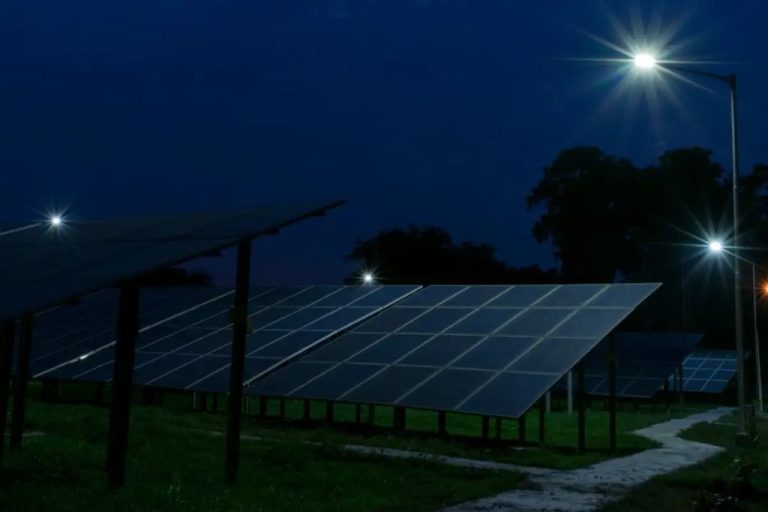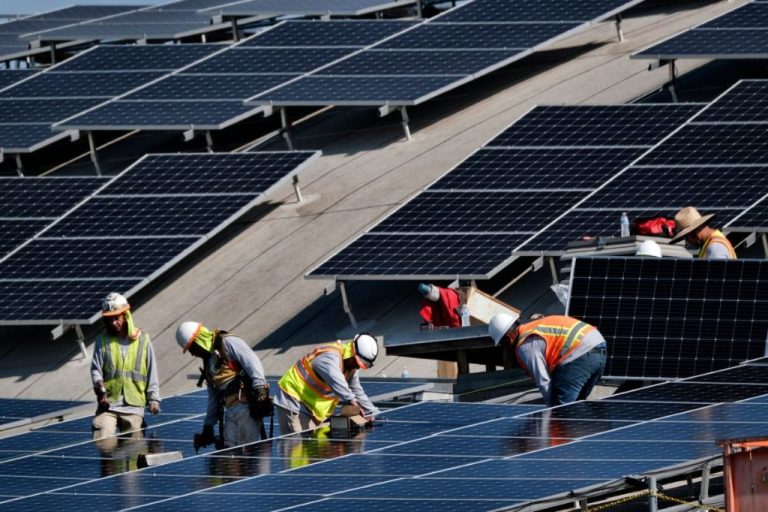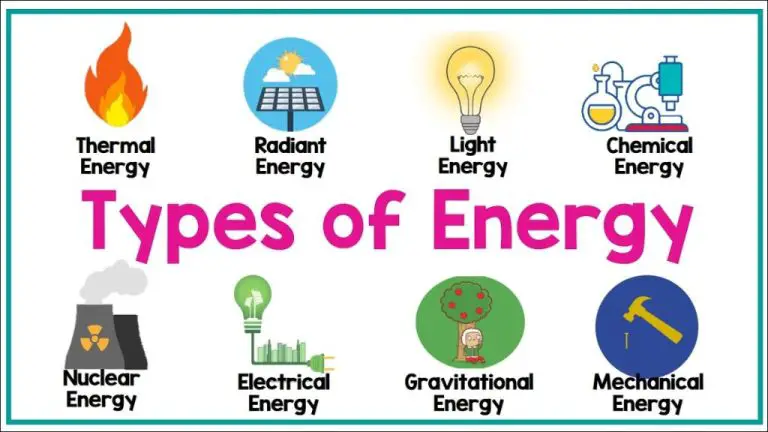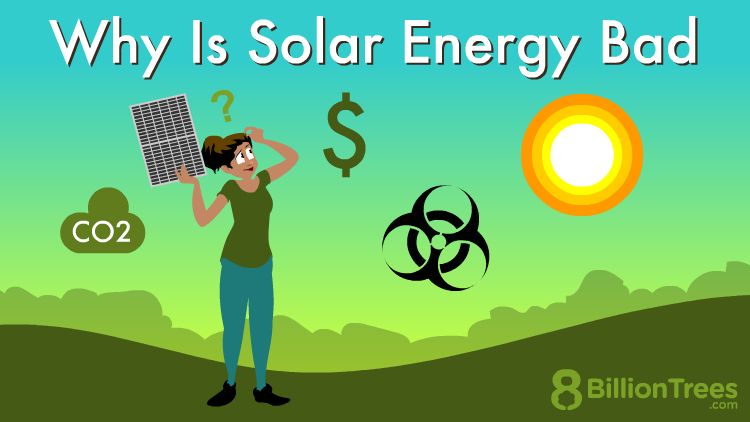Is Renewable Energy More Expensive Than Natural Gas?
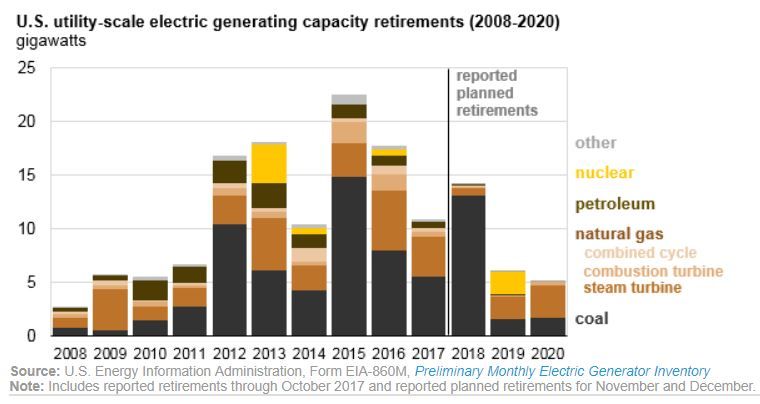
With rising energy costs and a warming climate, there is much debate over whether renewable energy like wind and solar power is more expensive than natural gas. This article examines the current and projected costs of renewable energy compared to natural gas to determine if clean energy sources are truly more expensive or if in fact they can provide affordable, sustainable power for the future.
Current Costs of Renewable Energy vs. Natural Gas
When comparing current average costs per kilowatt-hour (kWh) for renewable energy sources like wind and solar versus natural gas, natural gas tends to have lower costs according to most estimates.
According to Lazard’s 2021 Levelized Cost of Energy analysis, the estimated unsubsidized levelized cost of energy (LCOE) for natural gas combined cycle power plants ranges from $44-68 per MWh, compared to $26-50 per MWh for onshore wind and $32-44 per MWh for solar PV (utility-scale) [1]. This suggests natural gas currently has a lower average cost per kWh than renewables like wind and solar in many cases.
Data from China in 2021 also shows a lower levelized cost for natural gas ($64.7/MWh) compared to onshore wind ($65.7/MWh) and solar PV ($94.8/MWh) [2].
However, costs can vary significantly by region and project. While natural gas often has a lower average cost per kWh currently, renewables like wind and solar have been rapidly decreasing in cost over time and are likely to reach cost parity with natural gas in more locations going forward.
Projected Costs
Recent reports show that the costs of renewable energy are expected to continue declining in the future. According to a 2015 report from the National Renewable Energy Laboratory (NREL), “the economic potential of renewable electricity generation technologies has more than tripled since 2010.” With projected renewable energy costs in 2020 and 2030, economic potential increases considerably.
The NREL report projects that by 2020, wind power costs will decline 41%, solar PV costs will decline 64%, and concentrating solar power costs will decline 27%. By 2030, wind costs are projected to decline another 24%, solar PV costs an additional 37%, and concentrating solar costs an additional 31%. With these steep cost declines, renewable energy sources are expected to become even more cost-competitive compared to fossil fuels like natural gas.
Additionally, a 2015 study on achieving a 33% renewable energy target in California found that “Projected Renewable Energy Costs …have been decreasing over the past two decades as a result of technological advances and economies of scale.” The study cites NREL data showing continued expected declines in wind and solar costs through 2030 and beyond.
In summary, experts widely agree that renewable energy costs will continue to decrease in the coming years, enabling greater cost-competitiveness with conventional energy sources.
Government Incentives
Government incentives like subsidies and tax credits have historically favored fossil fuel energy sources like natural gas and coal over renewable sources like solar and wind. One study by the Environmental Law Institute found that from 2002-2008, the U.S. government provided over $70 billion in subsidies to fossil fuel companies, compared to just $12 billion to renewables (source). Coal received the largest portion with $31 billion in subsidies versus just $7 billion for renewables like wind and solar.
However, this trend is starting to shift. Renewable energy tax credits like the investment tax credit (ITC) and production tax credit (PTC) have helped make wind and solar more affordable. The ITC offers a 26% tax credit for installing solar panels for example, while the PTC provides a tax credit per kWh produced from wind energy. Together these incentives have helped drive rapid growth in wind and solar capacity over the last decade (source).
Going forward, government incentives will play a crucial role in determining if renewable energy can reach cost parity with fossil fuels. Phasing out subsidies for oil, gas and coal while expanding tax credits for renewables could accelerate the energy transition.
Health and Environmental Costs
Burning fossil fuels like natural gas produces significant amounts of air pollution, including carbon dioxide, nitrogen oxides, sulfur dioxide, particulate matter, and mercury. These pollutants contribute to climate change, acid rain, smog, and health issues like asthma and lung disease. According to a fact sheet from the Environmental and Energy Study Institute, fossil fuel pollution leads to over 200,000 premature deaths in the U.S. each year.
Natural gas production and transportation also leads to leakage of methane, a potent greenhouse gas that traps heat and contributes significantly to global warming. The Union of Concerned Scientists estimates the climate costs of methane leakage from natural gas systems to be $30 billion per year in the United States alone.
The externalized costs of fossil fuel pollution and climate change impacts are huge, but are not reflected in the market price of energy from fossil fuels. A report from the EPA found the annual health and environmental costs from U.S. power plant emissions to be over $820 billion. Accounting for these externalized costs is important when comparing the true price of natural gas versus renewable energy.
Grid Integration Costs
Integrating large amounts of intermittent renewable energy sources like wind and solar poses challenges for the electricity grid. Because their output varies based on weather conditions, balancing supply and demand becomes more complex. This requires investments in transmission infrastructure, forecasting capabilities, demand response programs, energy storage, and backup power plants.
According to a 2018 strategic roadmap on electrifying transportation from E3, properly designed rate programs that incentivize charging electric vehicles when renewables are abundant can help reduce grid integration costs for renewables (source). New technologies like vehicle-to-grid integration and smart charging can also help smooth out renewables’ variability.
Furthermore, a recent textbook states that calculations of grid integration costs for renewables should account for the societal savings from eliminating fossil fuel emissions (source). Factoring in these external benefits makes renewables more cost competitive.
Energy Storage
Battery storage costs have declined significantly in recent years as technology improves and manufacturing scales up. According to IRENA, lithium-ion battery costs fell nearly 90% between 2010 and 2020. Further cost reductions of over 50% are projected by 2030. The continued decline in battery prices will support the economic viability of renewable energy projects paired with storage.
However, adding battery storage does increase total project costs compared to solar or wind alone. According to BloombergNEF, global average system costs for utility-scale lithium-ion storage are around $280/kWh currently. But these costs vary significantly by region and application. Front-of-meter storage remains more expensive than behind-the-meter at present.
Overall, the Department of Energy’s Annual Technology Baseline finds that while battery storage increases renewable project costs, continued cost declines will support further deployment and integration of renewables onto the grid.
Capacity Factors
The capacity factor is a measure of how much energy a power plant actually produces compared to its maximum potential output. It provides an indication of the actual productivity of different energy sources.
According to the U.S. Energy Information Administration, the average capacity factors for various energy sources in 2013 were:
- Nuclear power: 90.1%
- Coal: 60.7%
- Natural gas: 56.1%
- Hydroelectricity: 44.5%
- Wind: 33.9%
- Solar PV: 25.2%
Nuclear power plants have very high capacity factors because they are designed to run continuously at maximum output. Fossil fuel plants also run at high capacity when demand is present. Renewable sources like wind and solar have lower capacity factors because their output depends on weather conditions.
The intermittency of renewables like wind and solar is why their capacity factors are lower. But technological improvements and storage solutions can help increase their capacity factors in the future.
Overall, capacity factor is one measure of productivity that highlights the different operating patterns among energy sources. It’s an important consideration when comparing total potential output.
Case Studies
Many countries and states around the world are transitioning to renewable energy. According to a case study by Duke Energy Sustainable Solutions, the city of Orlando, Florida has set a goal to reach 100% renewable energy by 2050 https://sustainablesolutions.duke-energy.com/customer-successes/. They have installed over 20 megawatts of solar capacity to date. The state of Massachusetts has also supported renewable energy adoption through various rebates and incentives. The Massachusetts government website showcases companies that have switched to renewable energy https://www.mass.gov/info-details/energy-conservation-and-renewable-energy-case-studies. BayWa r.e., a global renewable energy developer, reports several successful wind and solar projects across the Americas https://us.baywa-re.com/en/americas-cases. These case studies demonstrate the viability and growth of renewable energy at both local and national levels.
Conclusion
In summary, the costs of renewable energy versus natural gas show mixed results depending on the technology, location, government incentives, integration and storage costs, capacity factors, and more. Looking at current costs alone, natural gas tends to be cheaper in most regions. However, projected future costs for renewables are falling rapidly and are expected to reach parity with natural gas. Factoring in positive externalities like environmental and health benefits also makes the cost comparison more favorable for renewables. While natural gas maintains a cost advantage in the near-term, the longer-term trajectory is clearly in favor of renewables reaching cost parity or becoming cheaper than natural gas when all factors are considered. The transition to renewables will take time and government policies play a major role, but the economics increasingly point to renewables being able to displace natural gas.

